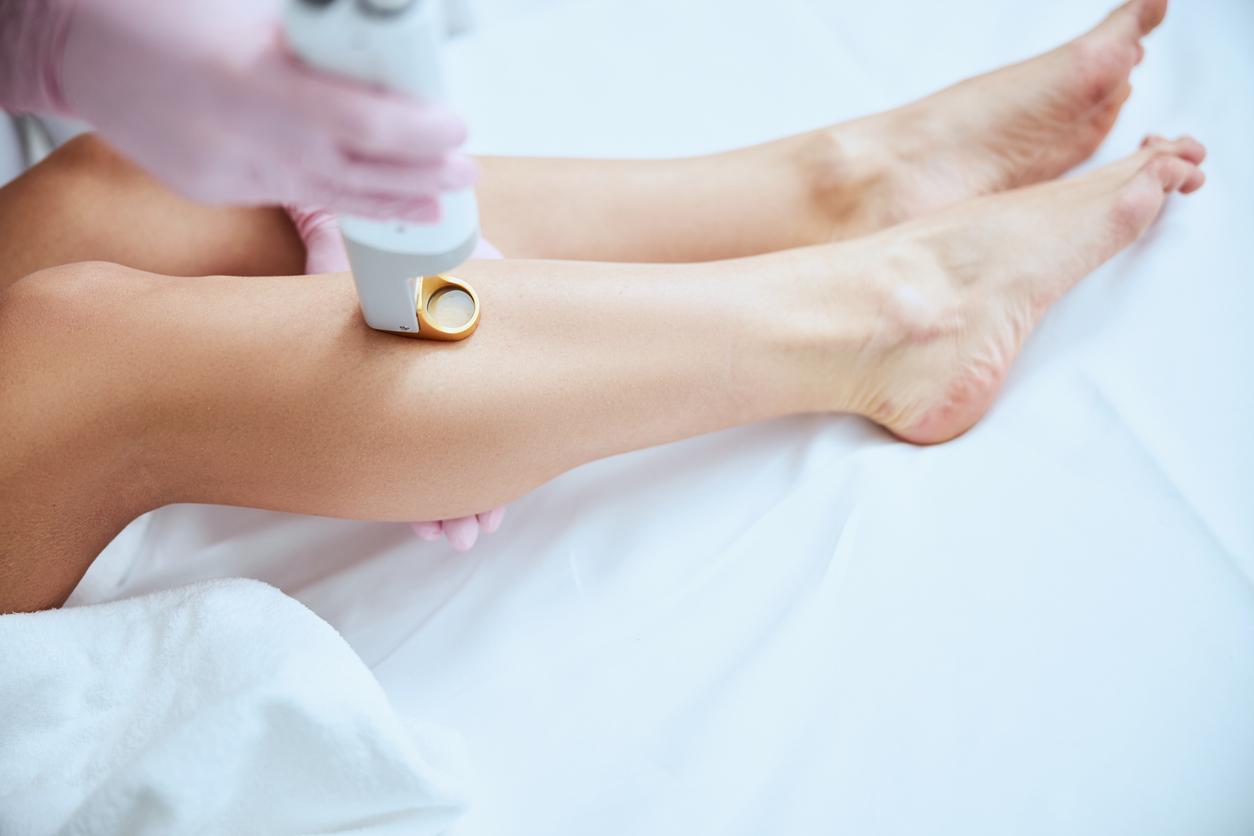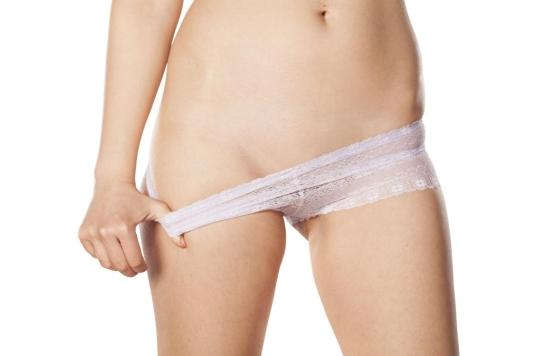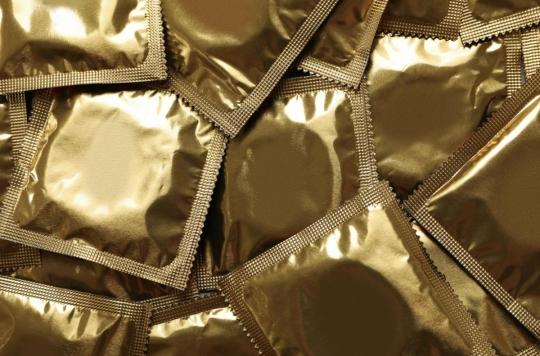Is pubic hair removal a risky practice? According to one study American, relayed by European 1, those who are in the habit of shedding their pubic hair are more at risk of sexually transmitted infections (STIs). The researchers do not highlight a causal link between hair removal and infections, but these results remind us that pubic hair is not as superfluous as we would like to believe.
The American researchers analyzed the health data and lifestyle habits of 7,500 Americans, men and women, aged 18 to 65. Epilation and shaving of pubic hair is very common, with more than 8 out of 10 women saying they use it. It should be noted that the practice also concerned 66% of men.
And the results indicate that the frequency of STIs varies greatly depending on the practice. Only 8% of people who do not epilate had already had an STI, against 14% for wax or razor enthusiasts, a difference of nearly 80%. The figure climbs to 18% among those who practice full hair removal. This work is content to establish a correlation, but still took into account the differences related to the age of the respondents or the number of sexual partners they had, underlines European 1.
A previous study, published in the medical journal JAMA, had shown that hair removal could in itself be a factor favoring infections in women. Hair removal removes a natural protective barrier against bacteria and viruses. By ripping out the hairs and waxing the bulb, hair removal leaves a royal gateway to all pathogens. Micro-cuts and trauma can also form as a result of the irritation and inflammation caused by hair removal. Wounds, which, in a humid environment, represent a perfect breeding ground for sexually transmitted infections such as herpes, chlamydia, or syphilis. Pubic hair removal, especially integral, is often chosen to improve the quality of sexual intercourse, even at the request of the partner. But many also resort to this practice thinking that it guarantees better intimate hygiene. Research once again proves that this is not the case.














-1574441754.jpg)
